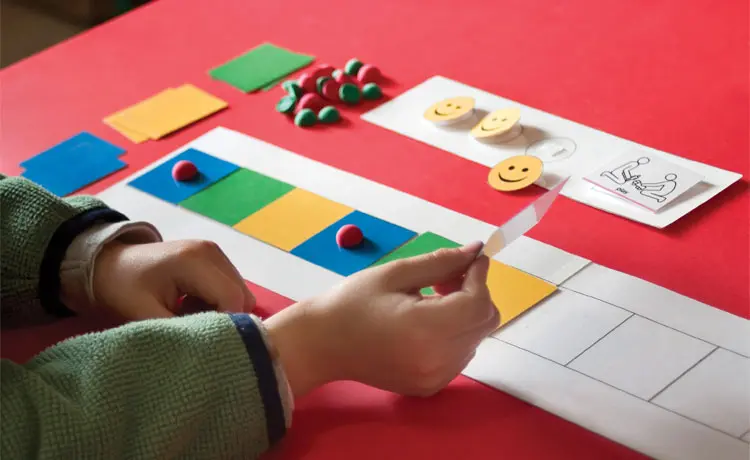Autism spectrum disorder (ASD) is one of the fastest-growing developmental disorders in the U.S. In fact, one in 68 American children has been diagnosed with ASD. It is a lifelong disorder that is usually diagnosed by age 3 (sometimes as early as 18 months), and causes significant social, communication and behavioral challenges. Because there are often no physical characteristics that set people with ASD apart from others, it can be difficult for parents to pinpoint the exact cause of their child’s developmental difficulties. That's why leaders, health care professionals and teachers should arm parents with the knowledge they need to spot the signs of ASD and to quickly get their children the proper care they need.
ASD now includes several conditions that used to be diagnosed separately: autistic disorder, pervasive developmental disorder not otherwise specified (PDD-NOS) and Asperger syndrome. These conditions are now all called “autism spectrum disorder.”
Autism Red Flags in Children
Children with ASD might:
- Not respond to their name by 12 months old.
- Not point at objects to show interest by 14 months old.
- Not play “pretend” games by 18 months old.
- Avoid eye contact and want to be alone.
- Have trouble understanding other people’s feelings or talking about their own feelings.
- Have delayed speech and language skills.
- Repeat words or phrases over and over.
- Give unrelated answers to questions.
- Get upset by minor changes.
- Have obsessive interests.
- Wave their hands, rock their body or spin in circles.
- Have unusual reactions to the way things sound, smell, taste, look or feel.
- Lose skills they once had (e.g., stop saying words they were using).
Autism is about four times more common in boys than in girls, and it occurs in all racial, ethnic and socioeconomic groups.
Common Autism Characteristics
Children with autism often communicate, interact and behave differently than other children.
Social Issues
- Not responding to his or her name by 12 months old.
- Avoiding eye contact.
- Preferring to play alone.
- Having flat or inappropriate facial expressions.
- Not understanding personal space boundaries.
- Avoiding physical contact.
- Having trouble understanding other people’s feelings.
Communication Difficulties
- Having delayed speech and language skills.
- Repeating words or phrases.
- Using few or no gestures (e.g., does not wave goodbye).
- Talking in a flat, robot-like or sing-song voice.
- Not understanding jokes, sarcasm or teasing.
Unusual Behaviors
- Liking parts of objects (e.g., wheels of a car).
- Being upset by minor changes.
- Having obsessive interests.
- Having to follow certain routines.
- Waving his or her hands, rocking his or her body or spinning in circles.
Although about 40% of autistic children have an intellectual disability, many children with ASD have exceptional abilities in visual skills, music, math and art.
Diagnosis: Autism
If you think your child might have ASD or you suspect there is a problem with the way your child plays, learns, speaks or acts, share your concerns with your child’s doctor. If your child is younger than 3 years old: Contact your state’s Early Intervention Services (EIS) for a free evaluation. Find the phone number for the EIS provider in your area.
Autism Support in Your Community
There is nothing more important than ensuring children's health and that each child gets access to any special support services he or she might need. Help the parents in your community get the right resources to support their ASD children. With prompt intervention and the proper tools, children with autism can flourish. For more information on the Family Support products available to purchase for your community, browse the QuickSeries® library of guides, including On the Spectrum – A Family’s Guide to ASD.
